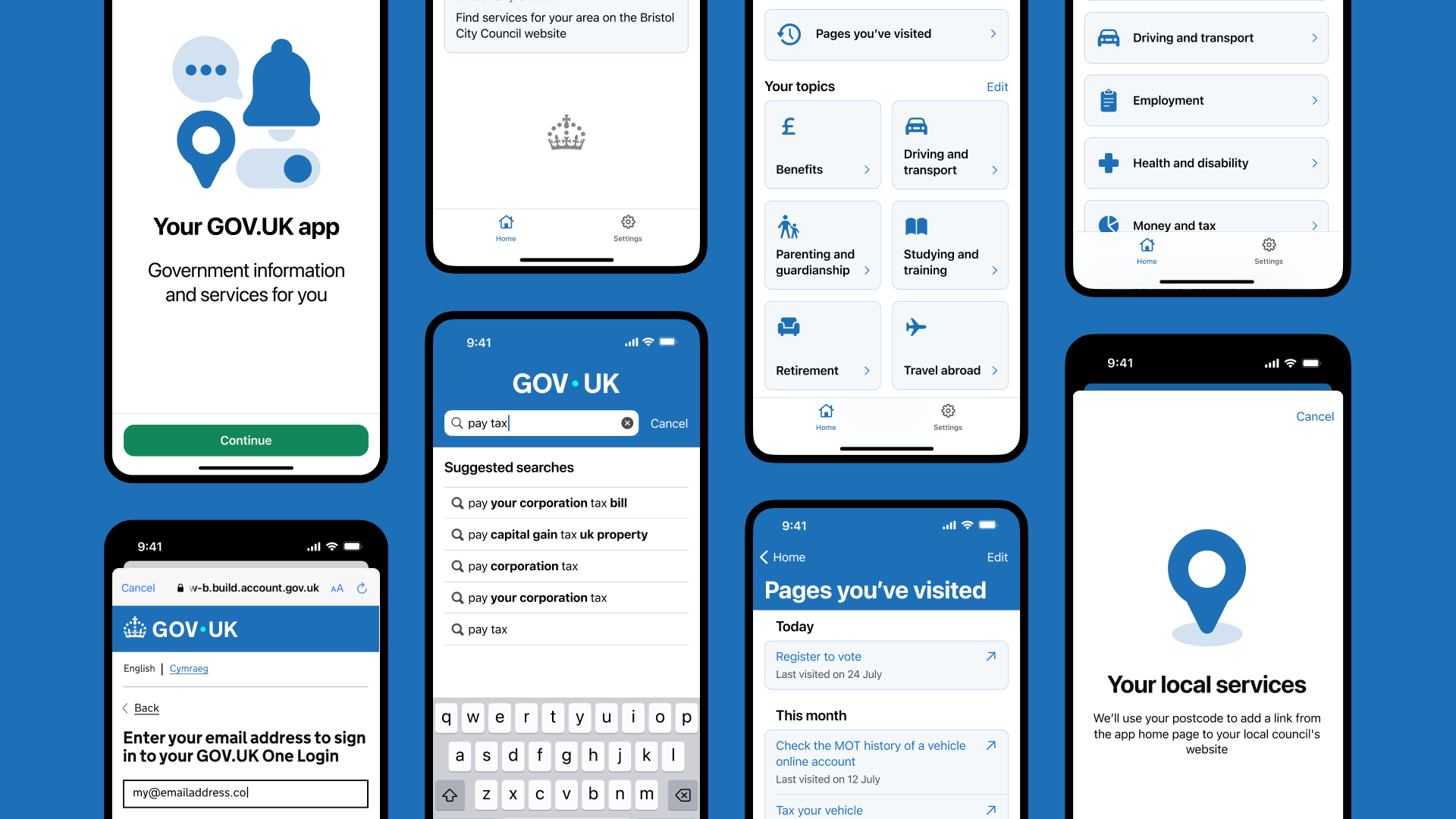The Digital and Data Capability framework, which sets out and defines the 50 roles that now constitute government’s tech profession, has been expanded to include machine learning and leadership posts
Government’s Digital and Data Capability Framework now includes its first role focused on artificial intelligence.
The job map has also been updated to include a grouping of roles dedicated to the most senior leadership positions in the Digital and Data professions.
The framework, which outlines the requirements and remit for the 50 distinct roles that now constitute the profession, added the post of ‘machine learning engineer’ in an update made in August. This is the first directly AI-related job to be included in the guidance.
In a blog post, the Central Digital and Data Office, which administers the framework, said that addition of the machine learning-focused post came about because “as an emergent area experiencing a lot of attention, we wanted to explore which, if any, skills or roles related to artificial intelligence might need to be added to the framework”.
CDDO then engaged with civil servants working in AI posts in 15 agencies across government before arriving at the decision to add the machine learning engineer post.
According to the updated framework, the role comes with a remit to “be responsible for the software development and technical infrastructure needed to design, train, deploy and scale machine learning models; provide and maintain effective, secure and sustainable machine learning models for use in products and services; support all stages of the machine learning life cycle; [and] help product teams evaluate and choose appropriate machine learning solutions”.
Also added to the framework in August was the position of ‘analytics engineer’, as part of an update that Thomas Beautyman, CDDO’s deputy director for government digital capability, described as “a really important step for us”.
Related content
- Pay cited as top cause for failed government recruitments of digital roles
- Digital skills ‘a huge challenge’ for Levelling Up department
- ‘Part of the team’ – secondment scheme to bring workers from tech giants into government
“Firstly, it represents the best of collaboration in government; experts coming together, sharing ideas, and making compromises, to ultimately realise the best solution for all,” he added. “And, secondly, it demonstrates how the Capability Framework is both relevant and a critical reference point for the changing nature of digital in government. The introduction of the machine learning engineer reflects the practical steps we are taking to understand and recognise critical skills, so that we can attract and build talent to exploit emerging technology in full.”
This sentiment was echoed by Dan James, the director of AI and digital innovation at the Ministry of Justice, who said that “adding new technical roles like the machine learning engineer… is crucial for ensuring government departments and organisations can attract and support the talent needed to evaluate, scale, and realise the value of emerging technologies, including AI”.
Following the revamp in August, the framework has been updated again this week to include a whole new group – dubbed ‘Chief digital and data roles’ – for the most senior positions in the profession. Included in this section are three specific posts: chief data officer; chief information security officer; and chief technology officer.
The remit of a chief data officer is to “define the vision and strategy for how data enables [their] organisation to achieve its objectives”, while the CISO role – which cuts across both digital and security professions – comes with a responsibility to “create a strategy for information and cyber security that supports both the organisation’s strategy and wider government security strategy”.
A chief technology officer, meanwhile, serves as an “organisation’s technology strategist; they make decisions about the technical direction… and work closely with other senior leaders”, according to the framework.




